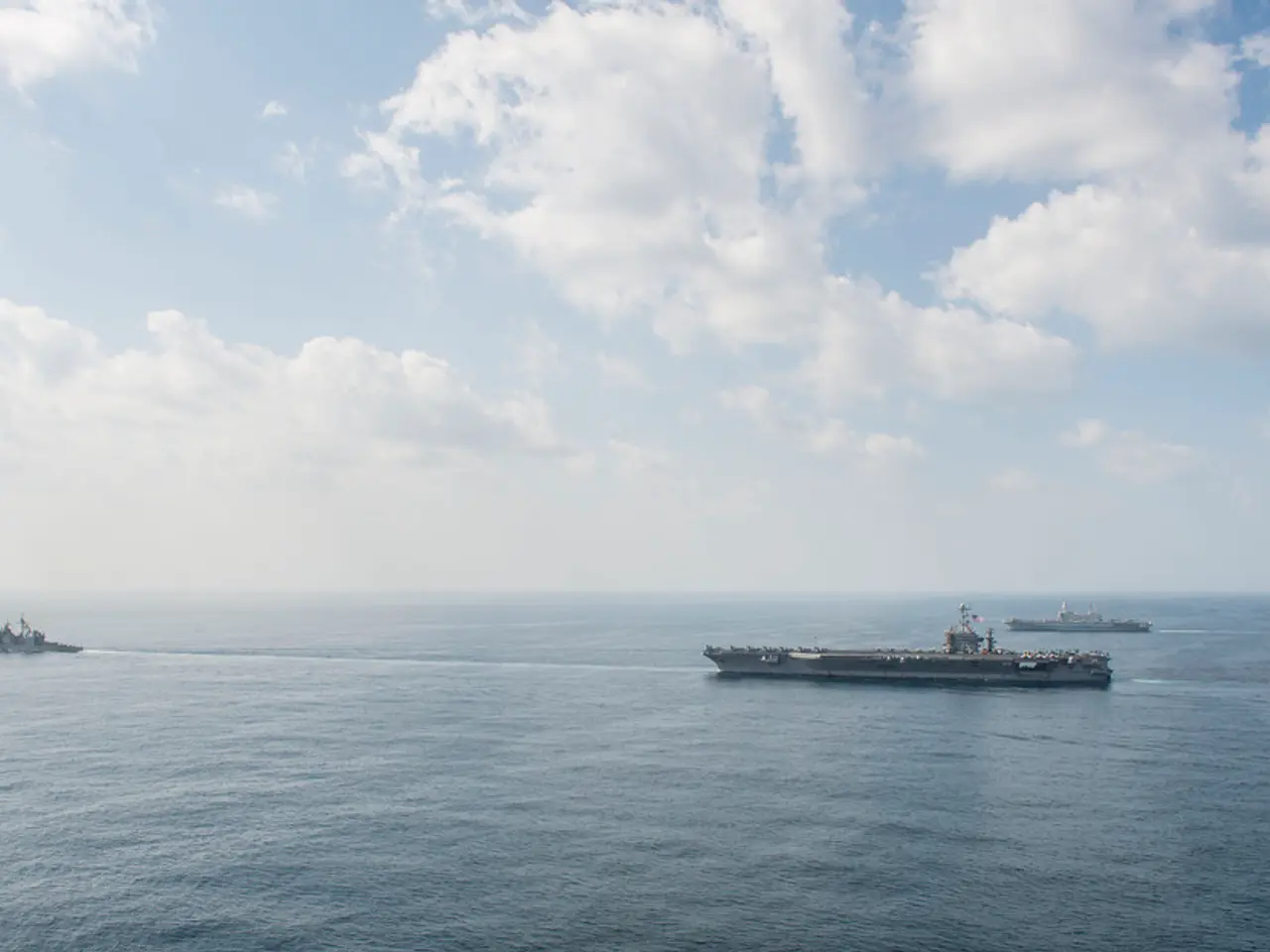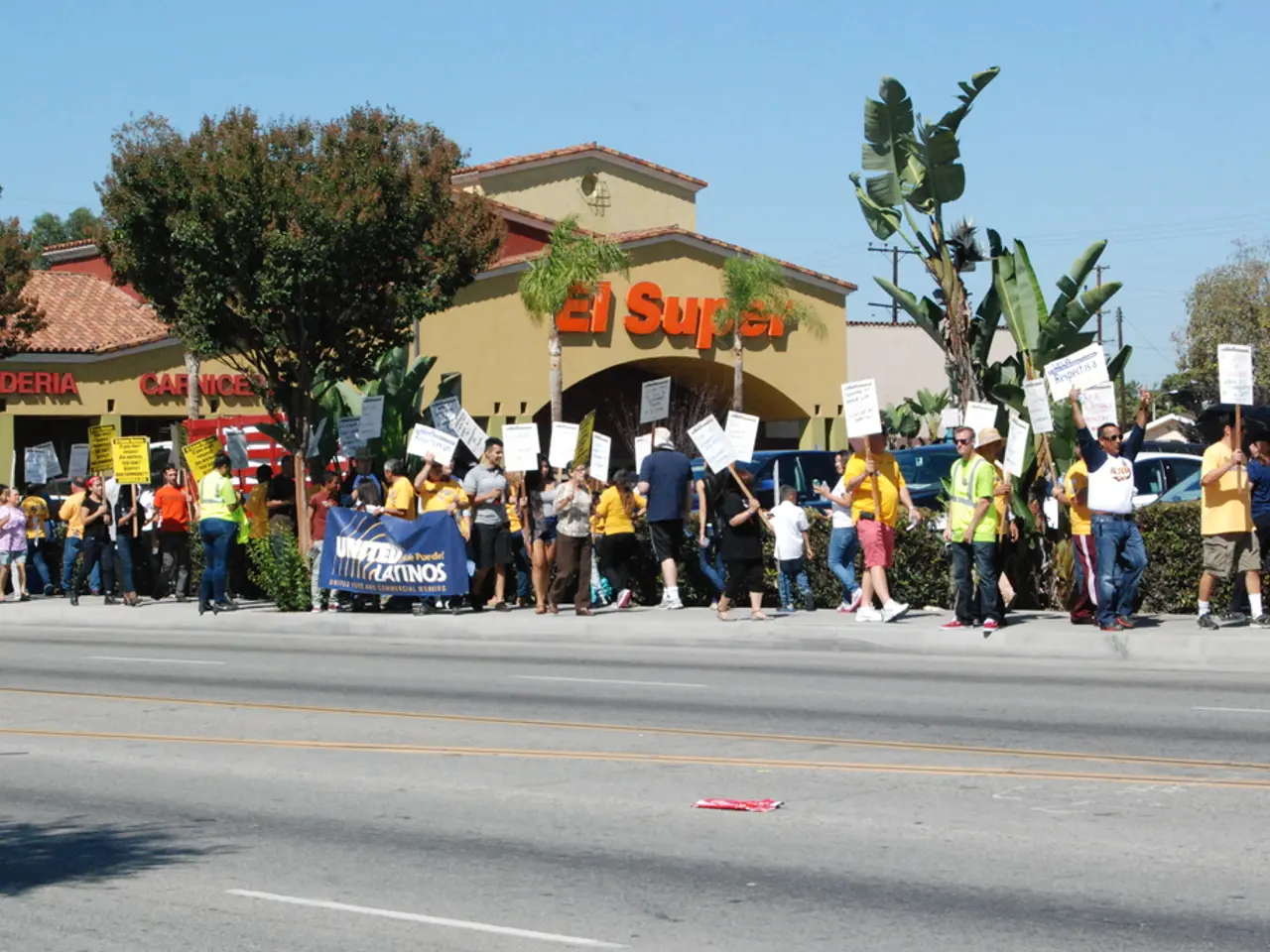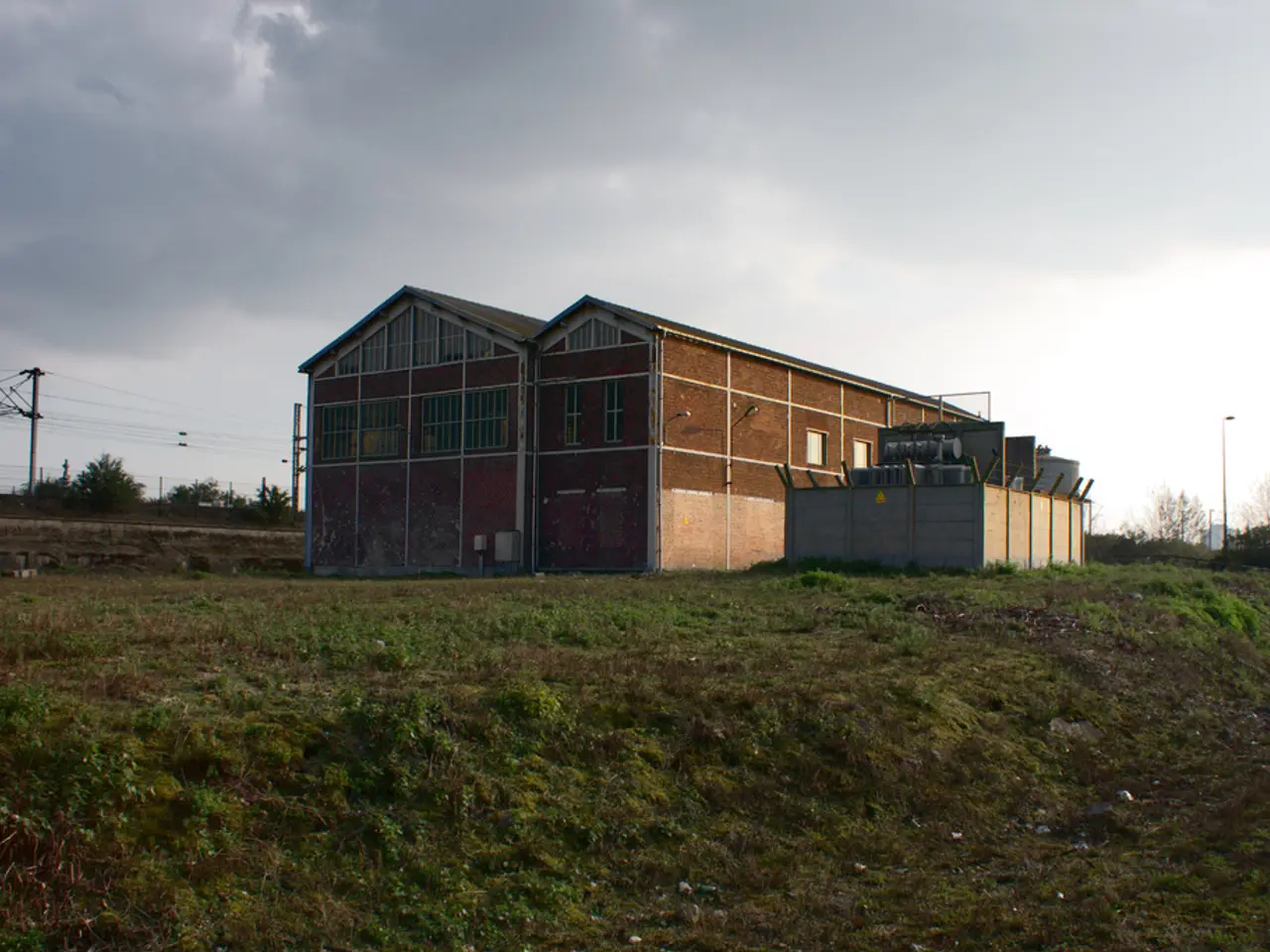Hurricane season is upon us in prime time, and the Atlantic ocean is brimming with potential for destructive storms
The upcoming 2025 Atlantic hurricane season is shaping up to be an above-average one, with multiple hurricanes expected to form. This prediction is consistent between the National Oceanic and Atmospheric Administration (NOAA) and Colorado State University (CSU) experts as the peak of the season nears in September.
According to NOAA, there is a 50% chance of above-average activity, a 35% chance of near-average, and 15% chance of below-average activity for the entire season through November 30. CSU, on the other hand, forecasts slightly above-normal activity with 16 named storms, 8 hurricanes, and 3 major hurricanes.
The warm sea surface temperatures across the eastern and central Atlantic and a neutral El Niño-Southern Oscillation (ENSO) phase support the likelihood of increased hurricane activity. However, elevated wind shear in the Caribbean could locally inhibit development.
CSU forecasters predict an above-average chance of at least one major hurricane landfall in the U.S. coastline this year.
The primary areas for potential tropical development include the tropical Atlantic, Caribbean Sea, and the Gulf of Mexico, as usual for the peak season. The high wind shear in parts of the Caribbean could reduce development chances there compared to other active zones like the eastern and central Atlantic.
The Atlantic hasn't spawned a hurricane in 2025 so far, but over the next one to two weeks, some reliable computer models are hinting at several tropical waves trying to organize as they move across the Atlantic. Tropical Storm Dexter, which formed on Sunday night, located far off the coast of the United States and northwest of Bermuda, is expected to remain a tropical storm as it tracks farther away from the US and is not expected to have any impact on land.
As we enter the most active period of the Atlantic hurricane season (August through mid-September), it's essential to stay vigilant, especially near the U.S. coast given the elevated risk of a major hurricane landfall. The broader pattern shift, with warm water, weakening upper-level winds, rising air, and more moisture, is starting to come together for sustained tropical development.
It's crucial to remember that all it takes is one storm to change everything, so now is the time to start paying attention. Many of the most intense and long-tracked hurricanes in history have formed during August toward the mid-September seasonal peak.
Two other areas have been marked by the National Hurricane Center for possible tropical development in the coming days, one off the coast of the Southeast US. Dry, dusty air from Africa's Sahara has been scarce this year, but has still caused issues for tropical systems. The Madden-Julian Oscillation may help push some of the dry air out of the main development region and nudge the Atlantic into a more active phase later this month.
Sources:
- NOAA's 2025 Atlantic Hurricane Season Outlook
- CSU's 2025 Atlantic Hurricane Season Outlook
- High Wind Shear in Caribbean Could Affect Hurricane Development
- CNN Meteorologist Mary Gilbert contributed to this report
- NOAA's 2025 Atlantic Hurricane Season Outlook: Key Messages
- The above-average Atlantic hurricane season of 2025, as predicted by both NOAA and Colorado State University, may indicate a link between climate change and increased hurricane activity, a key concern in environmental science.
- As scientists investigate the factors influencing hurricane formation, such as the warm sea surface temperatures, neutral ENSO phase, and strange absence of Sahara dust, they are also studying the potential impact of wind shear and the Madden-Julian Oscillation on the development of tropical storms, contributing to our understanding of weather patterns and climate-change implications.








